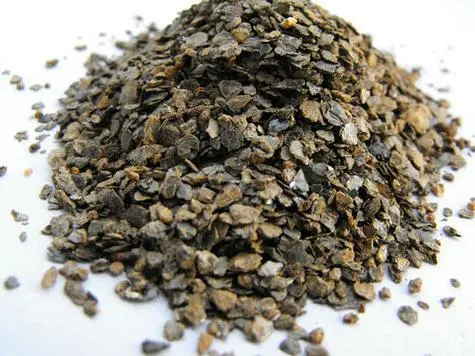
granular activated carbon manufacturer
The Role of Granular Activated Carbon in Water Treatment Insights from Manufacturers
Granular Activated Carbon (GAC) has emerged as a vital component in water and air purification processes, thanks to its highly porous structure and significant adsorptive properties. As the demand for clean and safe water rises globally, the role of GAC manufacturers has become increasingly crucial. This article delves into the composition, manufacturing processes, applications, and benefits of granular activated carbon.
What is Granular Activated Carbon?
Granular Activated Carbon is a form of activated carbon that comes in small granules. It is produced from carbon-rich materials, such as coal, coconut shells, or wood, which undergo activation processes to enhance their porosity and surface area. The resulting product possesses a high surface area—typically around 1,000 to 1,500 square meters per gram—allowing it to effectively adsorb a broad spectrum of contaminants, including organic compounds, chlorine, odors, and various pollutants.
Manufacturing Process
The manufacturing of GAC begins with the selection of raw materials that are carbon-rich. The most common materials include bituminous coal, lignite, coconut shells, and wood. These materials undergo two primary processes—carbonization and activation.
1. Carbonization The selected material is heated in a controlled environment to remove moisture and volatile compounds. This process typically occurs in a low-oxygen environment to prevent combustion, resulting in a carbon-rich char.
2. Activation The carbonized material is then subjected to an activation process, which can take place through chemical or physical methods. In physical activation, the char is exposed to steam or carbon dioxide at high temperatures, which enhances its porosity. Chemical activation, on the other hand, involves treating the char with chemical agents like phosphoric acid or potassium hydroxide before heating. The choice of activation method often depends on the desired characteristics of the final product.
Applications of Granular Activated Carbon
GAC is widely used in various applications, primarily in water treatment facilities and industries that require air purification. Some key applications include
- Water Filtration GAC is extensively used in municipal and industrial water treatment plants to remove chlorine, organic contaminants, and other pollutants, improving water quality for consumption and industrial processes.
granular activated carbon manufacturer

- Wastewater Treatment GAC plays a role in the treatment of wastewater, particularly in removing volatile organic compounds (VOCs) and other harmful substances, making water safe for discharge or reuse
.- Air Purification In air treatment applications, GAC is used to filter out odors, volatile organic compounds, and toxic gases, thereby improving indoor air quality.
- Food and Beverage Industry GAC is employed in the production of beverages and food products to remove impurities and enhance flavors, ensuring compliance with health and safety standards.
Benefits of Using Granular Activated Carbon
The advantages of using granular activated carbon are numerous
- High Efficiency GAC's large surface area allows it to adsorb significant amounts of contaminants, making it highly effective in purification applications.
- Versatility With its ability to remove various pollutants, GAC is suitable for a range of applications across different industries, including environmental, food, and air purification sectors.
- Cost-Effectiveness GAC is often more affordable compared to other filtration media, providing a financially viable option for many businesses and municipalities.
- Sustainability Many GAC manufacturers focus on sustainable practices, sourcing raw materials responsibly and employing environmentally friendly activation methods.
Conclusion
Granular Activated Carbon manufacturers play a pivotal role in providing effective solutions for water and air purification. With its unique properties and versatility, GAC continues to be an essential material in the ongoing quest for cleaner water and healthier environments. As the world faces increasing environmental challenges, the demand for high-quality GAC will undoubtedly grow, driving innovation and sustainable practices within the industry. By understanding these fundamentals, consumers and industries alike can make informed decisions when choosing the right products for their purification needs.
Share
-
Premium Fly Ash Powder: Ideal Admixture for Strong ConcreteNewsAug.07,2025
-
Premium Pine Bark Mulch: Nuggets & Shredded StylesNewsAug.06,2025
-
Premium Kaolin Powder | High-Purity Mineral SolutionNewsAug.05,2025
-
Premium Glass Sand Solutions | High Purity SupplyNewsAug.03,2025
-
Natural Premium Bentonite Cat Litter - Superior ClumpingNewsJul.31,2025
-
Premium Resin Coated Sand - High Heat Resistance CastingNewsJul.31,2025






